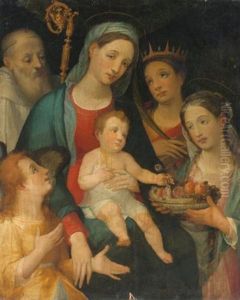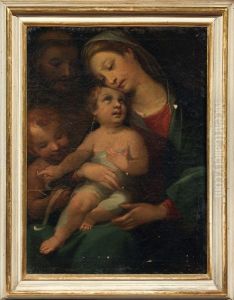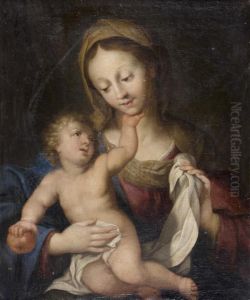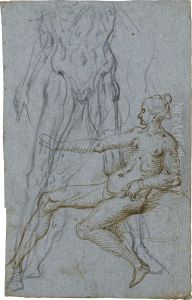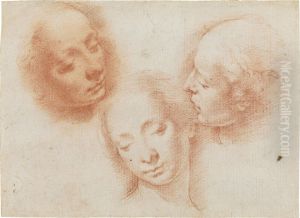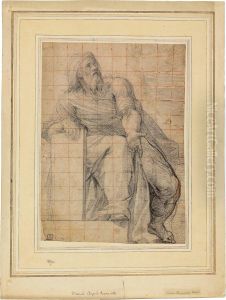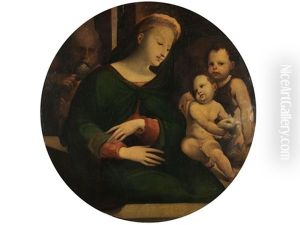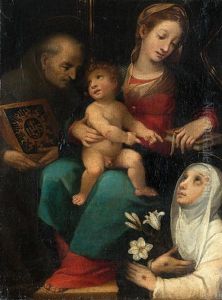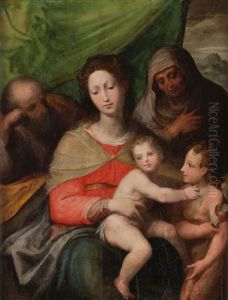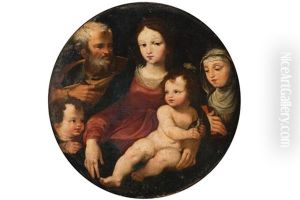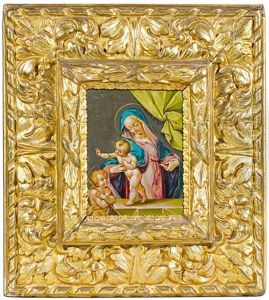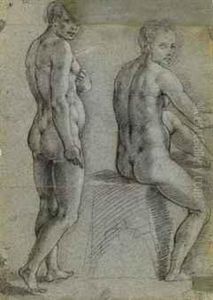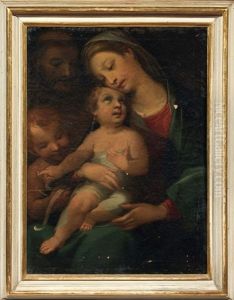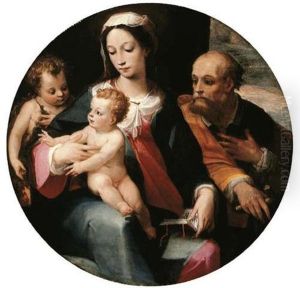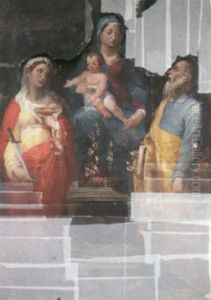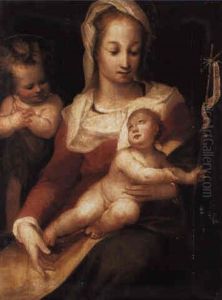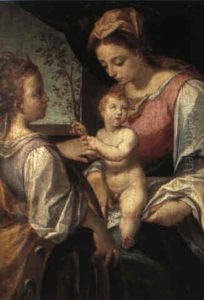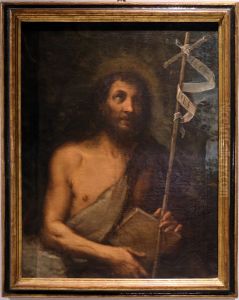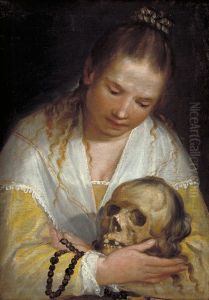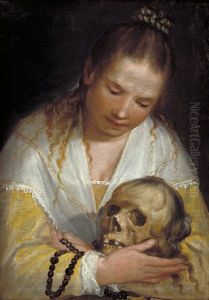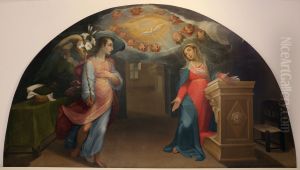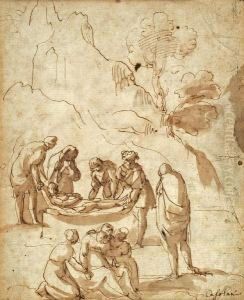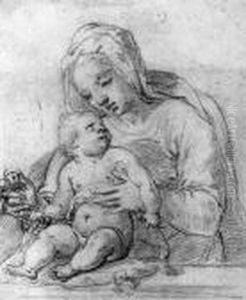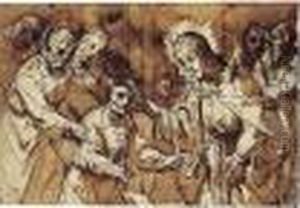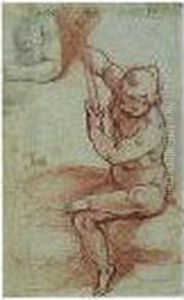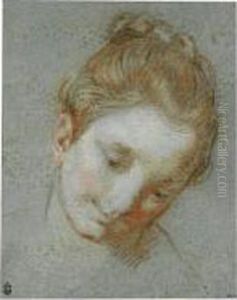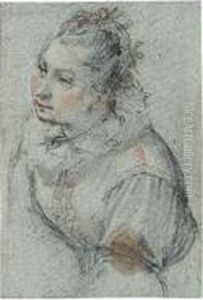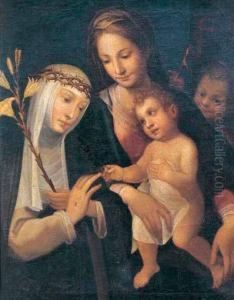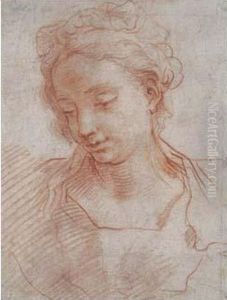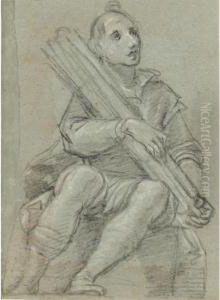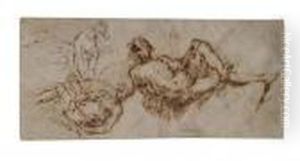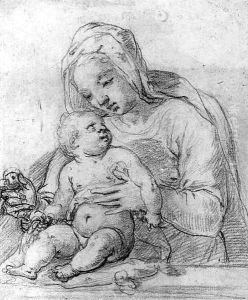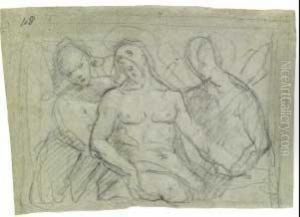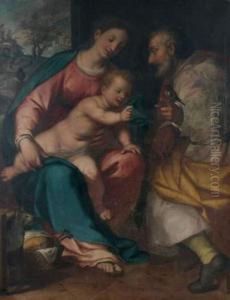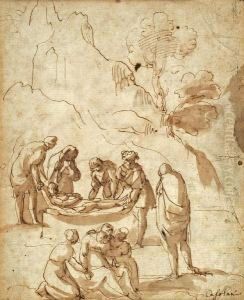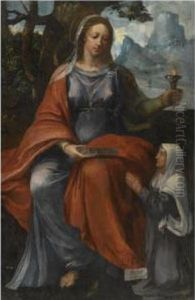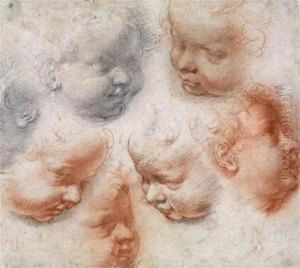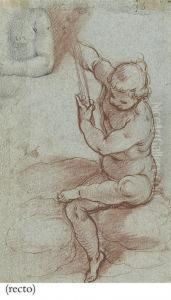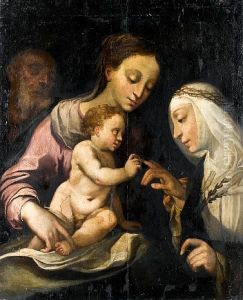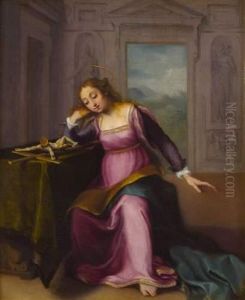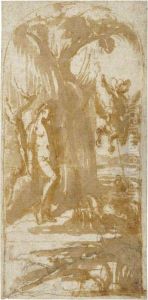Alessandro Casolani Paintings
Alessandro Casolani was an Italian painter of the late Renaissance period, born in 1552 in Siena, Italy. He is often associated with the Mannerist style, which was characterized by artificiality, elongation of figures, and a departure from the balanced compositions of the High Renaissance. Casolani was a pupil of the Sienese painter Cristoforo Roncalli, also known as Pomarancio. He later became influenced by the works of Sodoma and Beccafumi, two prominent Sienese artists who had a significant impact on his artistic development.
Casolani's work was primarily religious in nature, reflecting the Counter-Reformation's influence on art during his time. He was known for his altarpieces, frescoes, and oil paintings, which often depicted scenes from the Bible or lives of the saints. His compositions are marked by their delicate color palette and graceful figures, imbued with a sense of spirituality and emotion. He worked extensively in Siena and its surrounding areas, contributing to the decoration of many churches and public buildings.
Among his notable works are the frescoes in the Oratory of San Bernardino, the paintings in the church of Santa Maria dei Servi, and the altarpiece in the church of San Domenico in Siena. His style evolved over time, showing an increased interest in naturalism and chiaroscuro, which can be seen in his later works.
Casolani was not only a painter but also a teacher. He trained several students, including his son, Ilario Casolani, who followed in his father's artistic footsteps. Alessandro's influence extended beyond his immediate circle, contributing to the continuation of the Mannerist tradition in Siena during a period when the Baroque style was beginning to emerge elsewhere in Italy.
Alessandro Casolani died in 1607 in Siena. His legacy is that of a key figure in the late Sienese Renaissance, whose works continue to be studied for their contribution to the evolution of Mannerist art in Italy.
